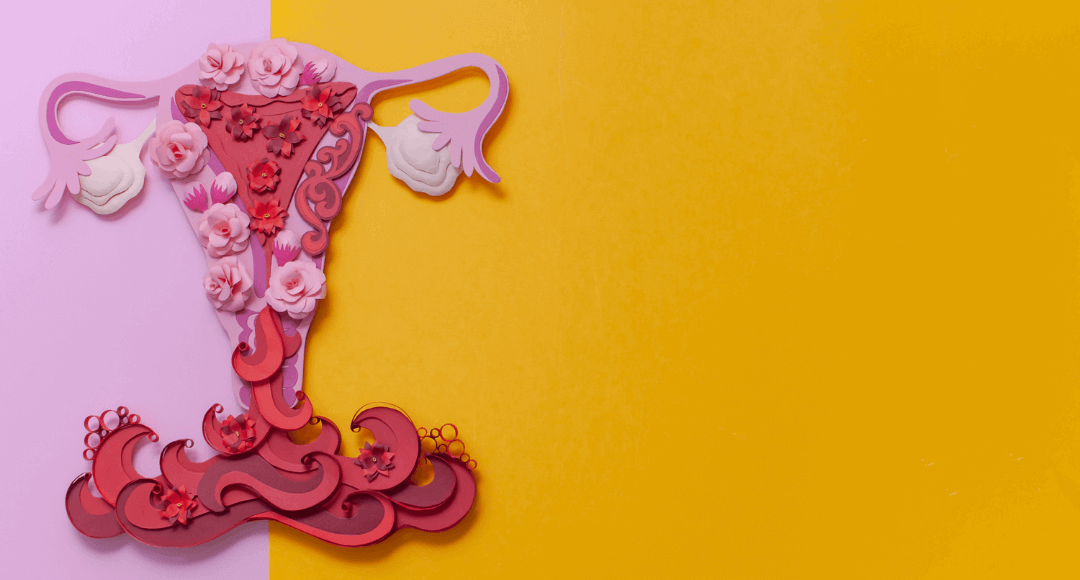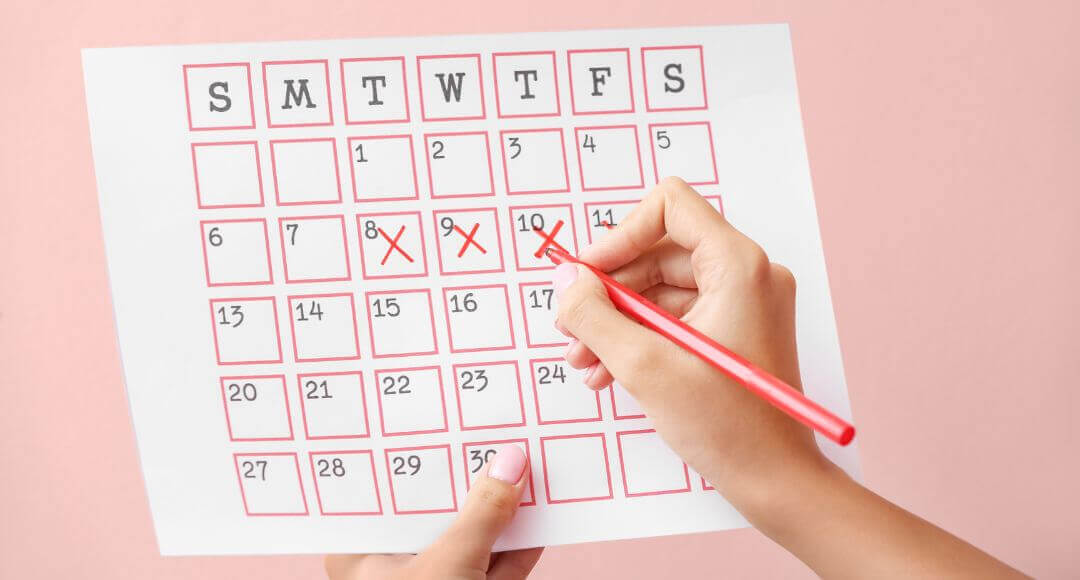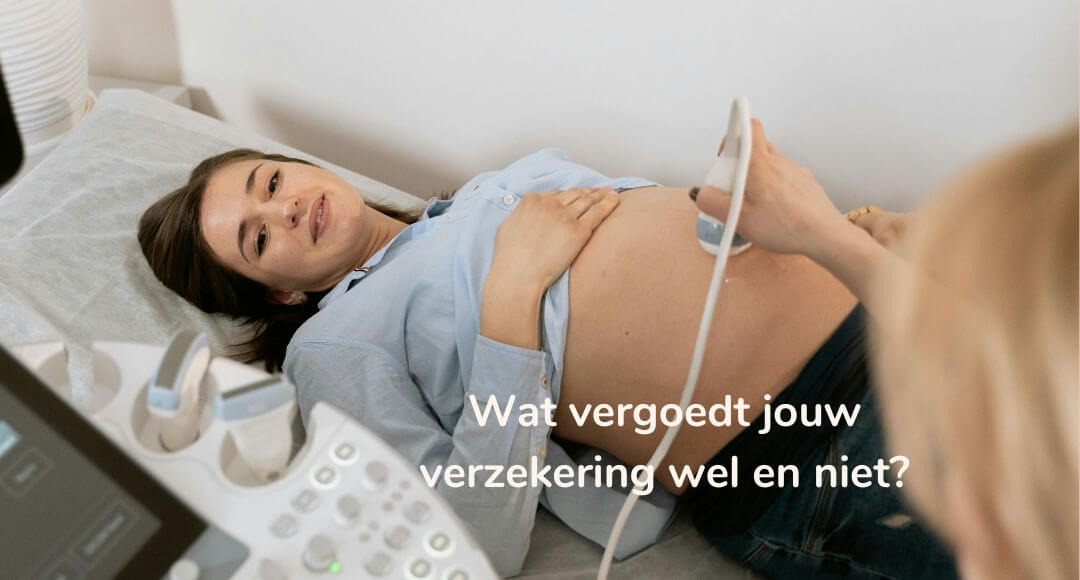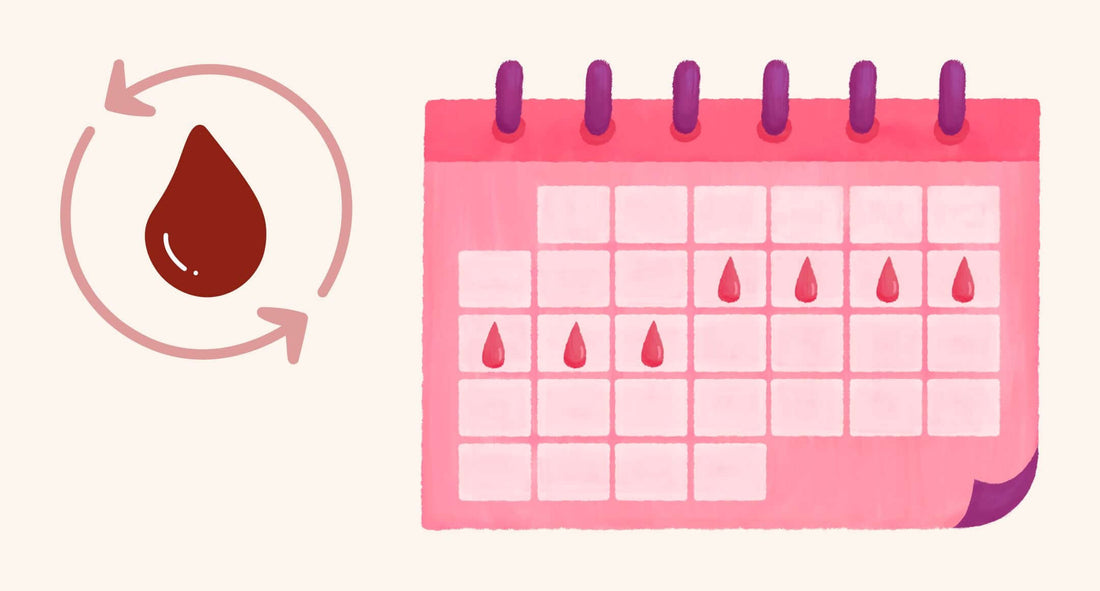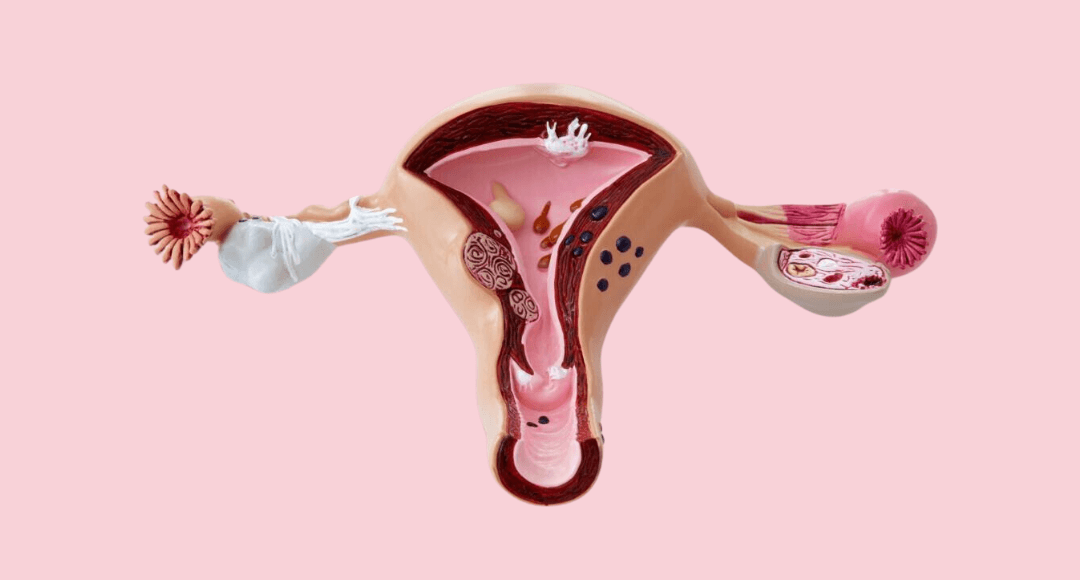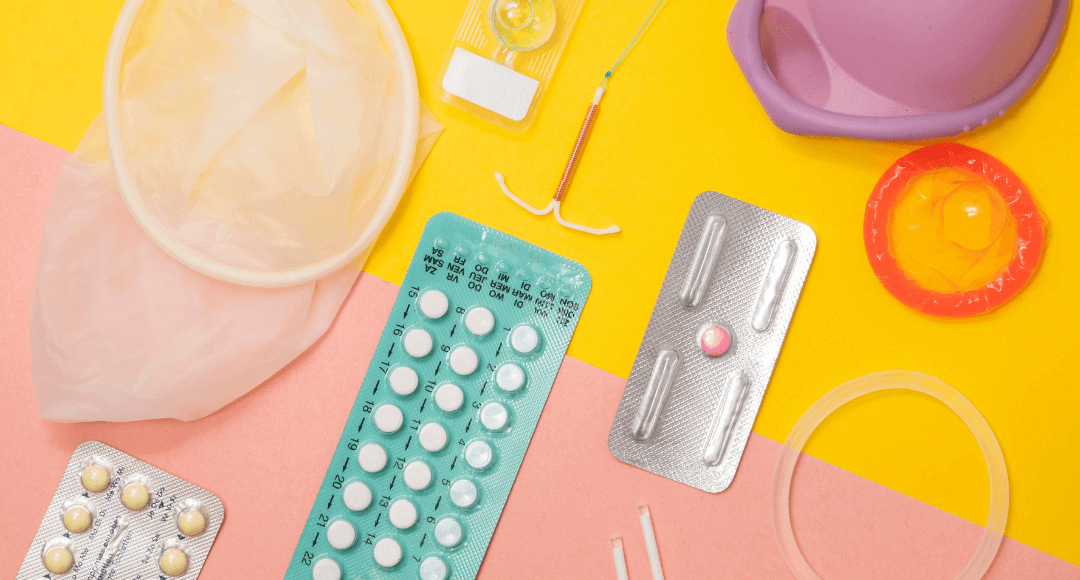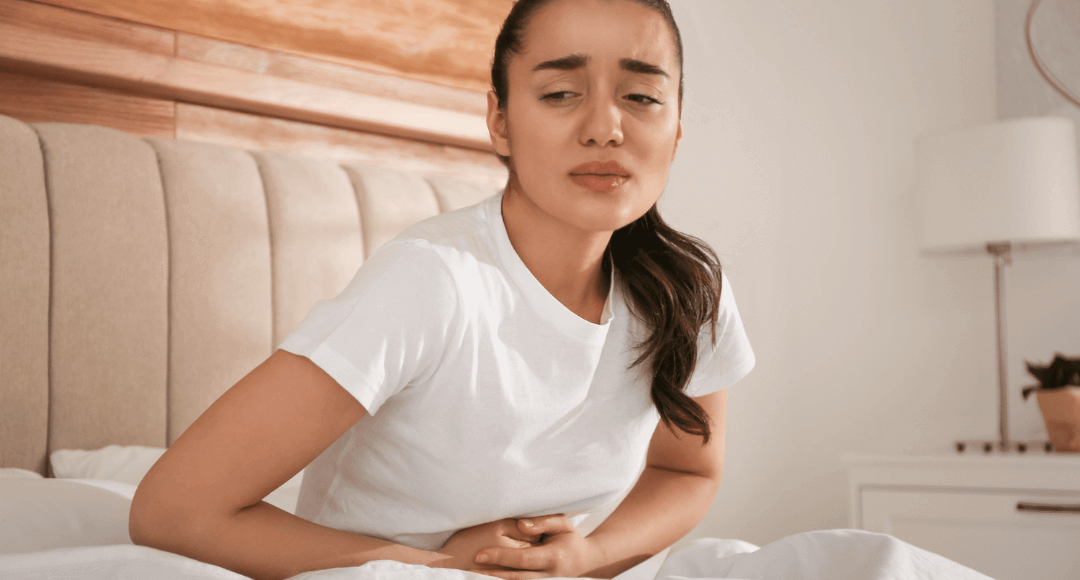People with endometriosis also benefit from using menstrual underwear .
You might have heard of it, or maybe not. Not surprising, since endometriosis is a chronic disease. But it is also surprising, since it affects 1 in 10 people, and some patient organizations even estimate it to be 1 in 7 (the same number as the number of people with diabetes). A huge number, right?! Unfortunately, there's still a lack of research and comprehensive information on this topic, despite it being one of the most common conditions. And we believe that needs to change.
What is endometriosis anyway?
Endometriosis can cause foreign tissue to form throughout the body (e.g., on the diaphragm and lungs), but primarily in the abdominal cavity, on and around the ovaries, bladder, and intestines. There, it causes organ adhesions and inflammatory reactions. In many women, the tissue is sensitive to hormones, which manifests itself in, among other things, very painful menstrual cramps every month and fertility problems. However, many women also experience pain every day of the month due to the already affected organs and nerves.

Endometriosis can already occur in teenagers during the first menarche (menstruation) and can last well beyond menopause. Not all women with endometriosis notice any symptoms. This is partly because women often brush off the pain and pretend it's nothing serious, because they are told by their environment (e.g., their mother) or their GP/gynecologist that pain during menstruation is normal and part of being a woman. Because of this, and because GPs and gynecologists have a woefully low level of knowledge about this condition, it often takes longer for the condition to be diagnosed.
Furthermore, endometriosis tissue is often already found in embryos.
Symptoms; mainly pain
Pain is central to endometriosis. Several symptoms are common in women with endometriosis. It's often associated with severe menstrual pain. This can occur before, during, or after menstruation. However, this isn't necessarily the case for everyone. Some experience pain primarily around ovulation, while others experience it daily.
Endometriosis can also take many other forms and cause, for example, (chronic) abdominal pain, fatigue, bloating, back pain, pain when wearing a tampon,heavy menstrual bleeding , bowel and bladder problems, pain that radiates to the buttocks or legs, fertility problems or pain during sex.

Endometriosis is the cause of infertility in 40 percent of all women experiencing fertility problems. Therefore, it's crucial that it's detected early so action can be taken.
It is often survival with endometriosis
For women dealing with endometriosis, life often feels more like survival. We still don't hear enough about this benign condition, even though 1 in 10 women struggle with it every day. Women often don't feel taken seriously or heard. They're dismissed with their pain complaints, misdiagnosed, or talked into things, which can make them feel like it's all in their head. This is, of course, unacceptable and can be very frustrating.
Endometriosis has a major impact on the quality of daily life of women.
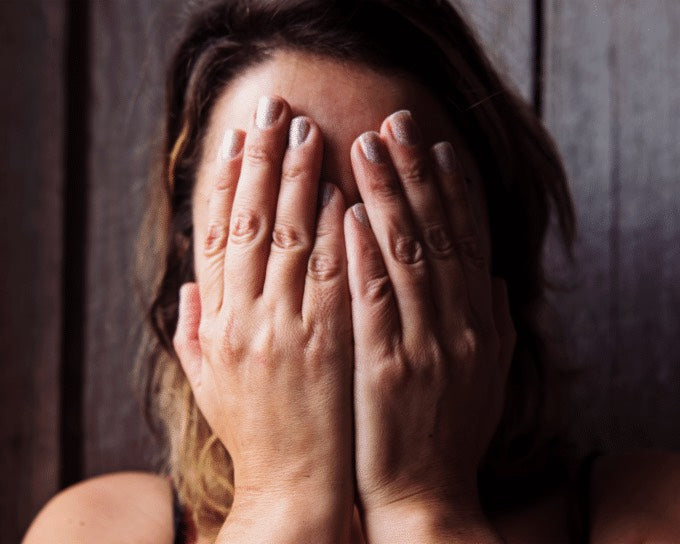
Endometriosis significantly impacts the quality of women's daily lives. The extent to which it affects women varies from person to person and from time to time. It depends on the location of the endometriotic tissue and the time of year you're in. Sometimes women experience no symptoms for a long time, but symptoms can resurface, for example, if endometrial tissue remains after surgery. Endometriosis can be extremely severe and can cause collapse, vomiting, a burning sensation in your abdomen, and inability to function normally. In the long term, it can cause severe (nerve) pain, serious organ adhesions, bleeding cysts and/or lumps, organ damage or failure, and infertility.
Furthermore, it has a significant mental impact on women and their self-image. It also impacts your social life, your career, your body, and your desire to have children. A lot comes your way when you've been diagnosed with endometriosis. You can feel very lonely and insecure living with this condition. That's why it's crucial to talk to people about it.
Treatment of endometriosis
Unfortunately, endometriosis doesn't go away on its own. Medication or surgery can sometimes help control endometriosis. It's often recommended to try painkillers or hormone medications first. The pill is often used to reduce the buildup of uterine lining and, in some cases, the symptoms. However, hormones can't prevent endometriosis. For example, using the pill can also worsen endometriosis. Some treatments can have unpleasant side effects or risks.
During surgery, the endometriosis tissue is removed by a specialist. This often offers the best chance of improvement for women, but there are no guarantees of improvement. Exercise and avoiding stress are important in any case. Other treatments women try for symptoms include acupuncture, pelvic floor physiotherapy, osteopathy, and homeopathy.
An anti-inflammatory diet can help reduce symptoms
This involves eating fresh, unprocessed food. Lots of fruits and vegetables, and healthy fats, such as omega-3 fatty acids. These are found in foods like nuts, oily fish, and olive oil. You can also try healthy carbohydrates like quinoa, oatmeal, and brown rice. It's best to avoid sugar, alcohol, caffeine, and gluten, as these can worsen your symptoms.
Research into the causes
We don't yet know exactly why one woman develops endometriosis and another doesn't. Much research is still needed. The immune system may play a role, but genetics, lifestyle, hormones, immune disorders, stem cells, and nutrition can also play a role. Furthermore, endometriosis is also thought to be a congenital defect, or environmental factors such as pollution can influence its development. Endometriosis can only be diagnosed through various tests, such as ultrasound, laparoscopy, or MRI.
It's crucial that more research is conducted on endometriosis so that it can be recognized and treated earlier by doctors. It's hard to imagine, but until 2002, there was no information about endometriosis in the Dutch language. In the medical world, care is still largely focused on the male body. Due to ignorance and a lack of proper knowledge, many women suffer from physical complaints for too long. Endometriosis is very complex and often underestimated. The symptoms associated with endometriosis vary widely and are also similar to those of other menstrual problems.
On average, it takes about 7 to 10 years for women to be diagnosed with endometriosis
A diagnosis shouldn't take so long! It's crucial to listen to your own body and the signals it's giving you. It's still common for certain complaints to be dismissed, both by ourselves and by doctors. Take yourself, your body, and your symptoms seriously. Because living with so much pain is not normal. Not during menstruation, and not outside of it either.
Get to know your cycle and, above all, your body. Everyone dealing with endometriosis is looking for a personalized approach and treatment that feels right for them. Make sure you're well-informed about this and have discussed all possible options, side effects, and treatments. This is the only way to find what works for you. And perhaps you'd prefer to wear period underwear instead of tampons or pads; that's different for everyone.
The month of March is dedicated to endometriosis
Globally, attention is being raised for this condition, which affects approximately 176 million women worldwide. During Endometriosis Awareness Month, the focus is on showing that severe menstrual pain, painful intercourse, and pain while using the toilet are not normal.

This article was created in collaboration between Sanne Sneijder (Moodies intern) and BehindEndo. Want to learn more about endometriosis? The Flemish non-profit organization Behind Endo (Stories) has a comprehensive website www.behindendo.be and is organizing a photo campaign this month called "Give Endometriosis a Face," sharing one photo and story from an endometriosis patient every day.
Sources:
Endometriosis Awareness Month (no date). Endometriosis Foundation .
I have endometriosis and I want to choose a treatment (2021) | Thuisarts.nl .
Kragten, P. and Scholze, S. (2017) “Endometriosis: pain and infertility (1 in 8),” in Beautiful red is not ugly. Hilversum: Splint Media, pp. 118–120.
van den Brand, M. van den (2021) Living with endometriosis: How to best deal with it, Women's Health .
Verena (2022) I have endometriosis, what now?!, Unusual Menstruation. Endometriosis Foundation .
Video: When the Doctor Doesn't Take You Seriously (2017) WOMEN Inc .
